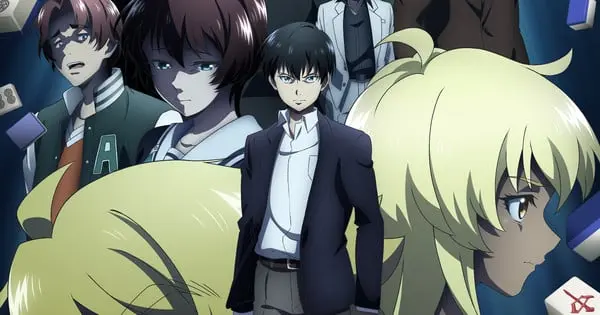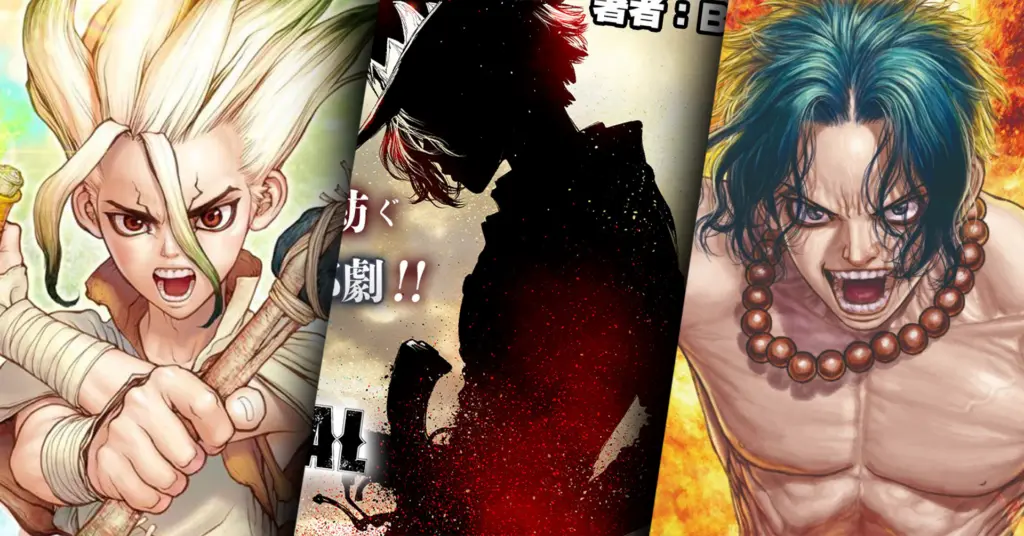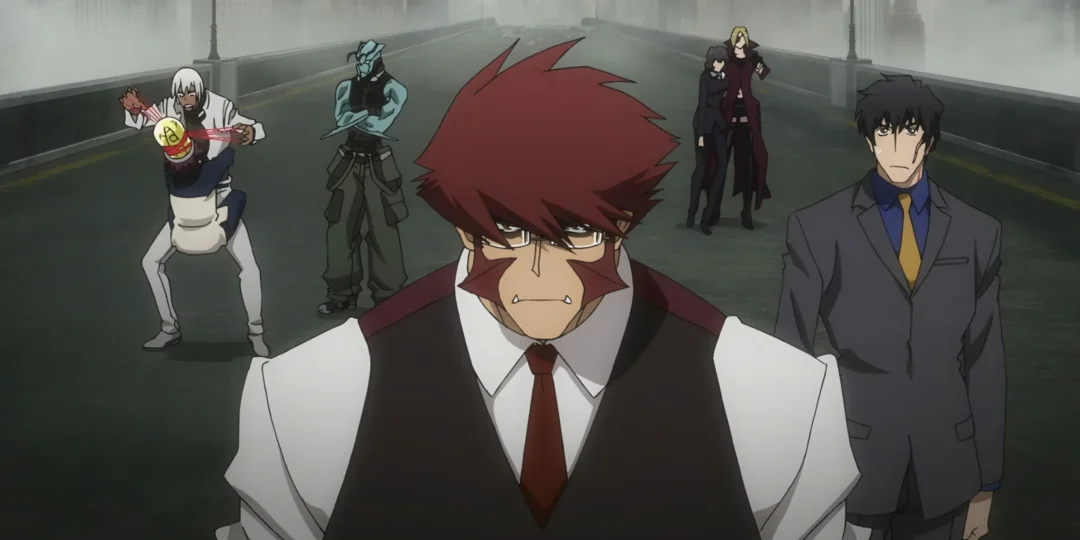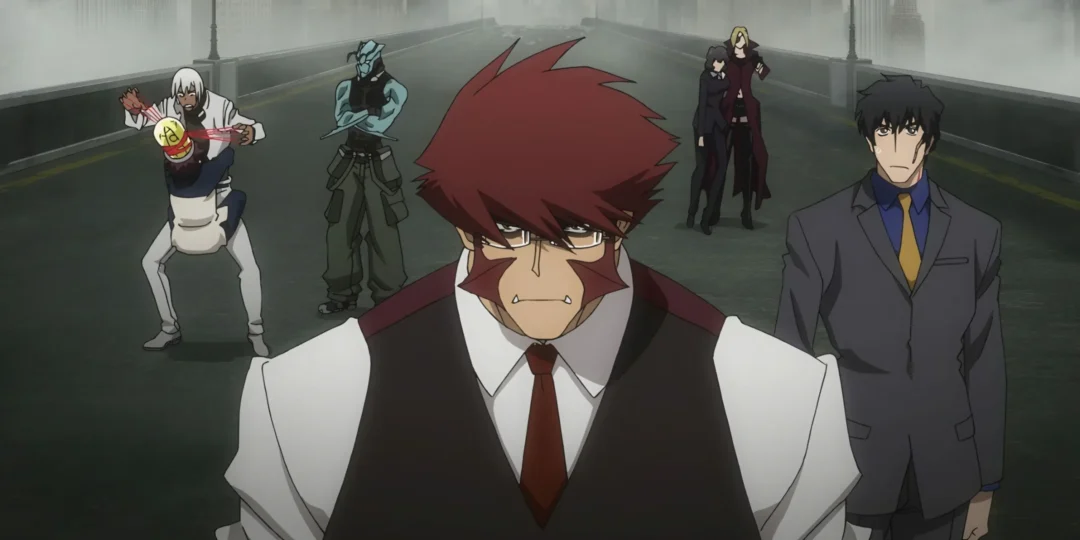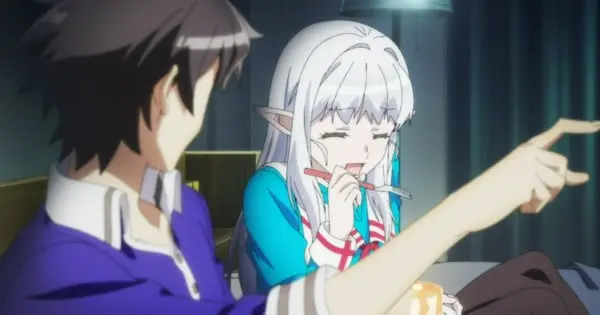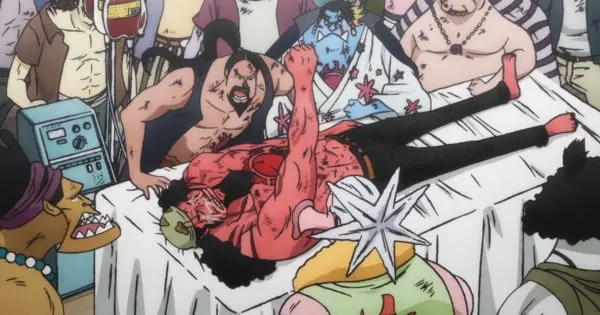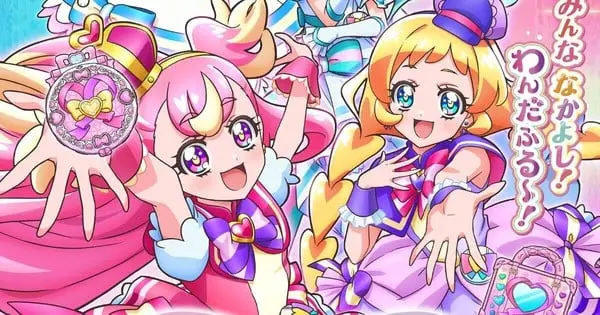The Straw Hat Pirates’ journey into the New World has taken a dramatic turn as they navigate the treacherous waters surrounding Fish-Man Island, a kingdom shrouded in mystery and teetering on the brink of chaos. The latest episode of the beloved anime series, “One Piece,” marks a significant point in the Fish-Man Island arc, plunging viewers into the heart of political intrigue and long-standing tensions between humans and fish-men.
Navigating Underwater Depths
After successfully descending to the ocean floor, the Straw Hats find themselves in a surreal and awe-inspiring landscape. The vibrant colors of the coral reefs and the diverse aquatic life create a stunning backdrop to their ongoing adventure. As they move further into the underwater realm, they are met with a complex socio-political structure that shapes every aspect of Fish-Man Island’s existence.
Encountering the Mermaid Princess
A key event in the episode is the introduction of Princess Shirahoshi, a colossal mermaid of immense size. Her gentle nature and kind heart quickly win over the Straw Hats, despite her initial timidity. This encounter sets the stage for the unfolding drama of the arc, as Shirahoshi’s life is entangled in a web of political machinations and historical grievances. It’s also revealed that she possesses a unique and formidable power that could potentially affect the balance of power both in Fish-Man Island and the wider world.
Political Turmoil and Racial Tensions
The episode does not shy away from exploring the deep-seated racial tensions that plague the island. Fish-men and merfolk have their own unique cultures and histories, and these play a critical role in the current sociopolitical climate. A complex system of social hierarchies and ingrained biases creates a palpable sense of unease, which is further compounded by the presence of outside forces seeking to destabilize the region.
The Shadowy Figure of Hody Jones
A significant element of this episode is the rising prominence of Hody Jones, a fish-man with a seething hatred for humans. Hody embodies the worst aspects of the island’s prejudices and represents a faction of radical fish-men who seek to establish the dominance of their race through violence and oppression. His machinations become an immediate threat to the stability of the island and a direct conflict for the Straw Hats.
A History of Prejudice
The episode delves into the historical roots of the animosity between humans and fish-men, revealing a narrative of oppression and injustice that has fueled Hody’s hatred and those like him. This backstory adds depth and complexity to the storyline, making it more than just a simple tale of good versus evil. The struggles of the island’s inhabitants are closely tied to their historical and present experiences. The long lasting effects of slavery and discrimination are highlighted, adding a complex layer to the story.
The Straw Hats’ Role
As always, the Straw Hats find themselves at the center of the unfolding events. Initially drawn into the conflict as outsiders, they are rapidly becoming involved in the island’s affairs. Their commitment to justice and equality, as well as their empathy and strength, position them as important players in the upcoming conflict. It becomes clear that the crew’s actions will have significant implications for the fate of Fish-Man Island.
Setting the Stage for Conflict
This episode strategically positions the key players and sets the stage for the battles to come. The ideological clash between the Straw Hats, representing a force for justice and understanding, and Hody Jones, who embodies the island’s internal strife, is the primary conflict. These developments are crucial for the overall narrative arc, solidifying the audience’s understanding of the characters’ motivations and the challenges they will face.
A Visual Feast
The animation of Fish-Man Island in this episode is particularly impressive, with detailed depictions of the underwater environments and the unique appearances of the fish-men and merfolk. The vibrant color palettes and fluid animations bring the world of “One Piece” to life, making it visually captivating. This level of detail enhances the immersive experience for viewers, drawing them further into the story.
Music and Sound Design
The music and sound design also contribute significantly to the episode’s overall impact. The use of sweeping orchestral scores and dramatic sound effects intensifies the action and emotional moments, while the more serene pieces highlight the beauty of the underwater kingdom. This careful curation of audio elements adds another layer to the storytelling, creating a powerful viewing experience.
Thematic Elements and Symbolism
The narrative of Fish-Man Island goes beyond a simple adventure, delving into profound themes of racial prejudice, social injustice, and the importance of understanding diverse cultures. Through the characters and conflicts it presents, the show prompts audiences to reflect on real-world issues. Symbolism is also used effectively throughout the episode, with the underwater kingdom serving as a metaphor for hidden biases and the struggles of marginalized communities.
A Call for Unity
Ultimately, the episode offers a subtle but powerful call for unity and understanding, urging viewers to confront their own prejudices and work toward a more inclusive world. The Straw Hats, as a diverse group of individuals united by a common goal, serve as a powerful symbol of hope and the potential for different people to coexist peacefully. This message aligns with the overall themes of “One Piece,” making the Fish-Man Island arc a particularly compelling one.
Looking Ahead
As the Fish-Man Island arc continues to unfold, audiences are left with many questions. The complex relationships between the characters, the deep-rooted historical conflicts, and the looming threat of Hody Jones all contribute to a captivating and unpredictable storyline. This specific episode sets the stage for intense drama and significant character development, ensuring that the journey to come will be just as captivating as the voyage to Fish-Man Island itself. The episode serves as a critical turning point in the narrative. It raises questions about the future of the island and the role the Straw Hats will play in shaping its destiny.

